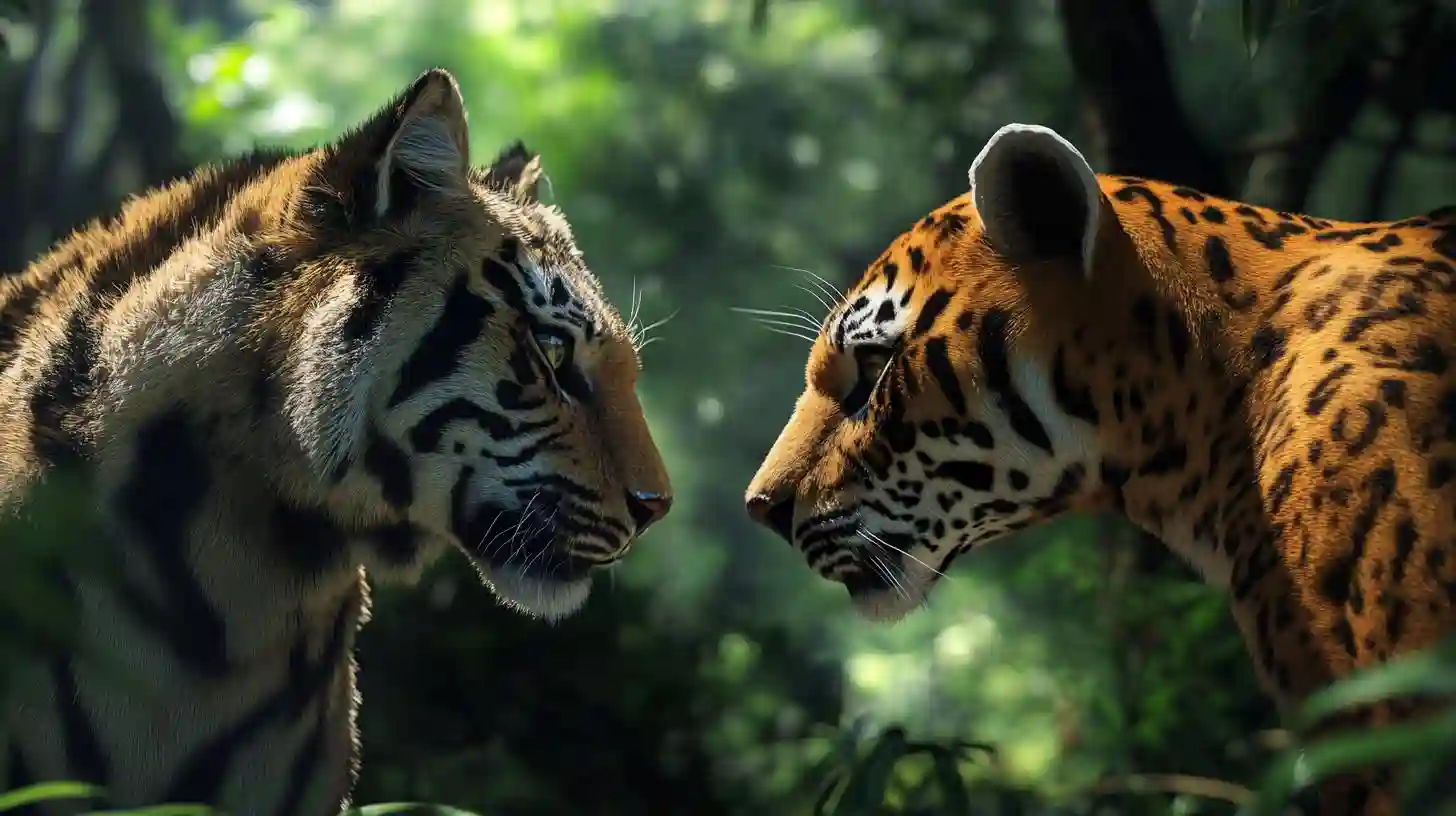
The theme of "Humans Are Not Enemies of Animals" resonates profoundly in various forms of animation, reflecting a compassionate worldview that encourages harmony between people and the animal kingdom. Through colorful visuals and compelling narratives, animated films and series often depict the intricate relationships that can exist between humans and animals, challenging the stereotype of humans as adversaries of the natural world. These powerful stories illustrate the potential for understanding, empathy, and collaboration, fostering a sense of kinship that transcends species.
In many animated works, animals are portrayed as relatable characters, sometimes anthropomorphized to enhance their individuality and emotional depth. By giving animals human-like traits and voices, creators invite audiences to see the world from an animal's perspective, generating empathy and understanding. A prime example can be found in movies that showcase the struggles and triumphs of animal protagonists, highlighting their courage, intelligence, and emotions. These narratives often revolve around themes of friendship, loyalty, and shared experiences, presenting a vision where humans and animals coexist peacefully.
One of the most notable embodiments of this theme occurs in animated films that emphasize conservation and environmental stewardship. These narratives often center around the destruction of habitats or the plight of endangered species, urging viewers to recognize the interconnectedness of all living beings. By portraying humans who work tirelessly to protect animals and their environments, animation sends a strong message: that humans can be caretakers and allies rather than foes. This idea serves as a catalyst for change, inspiring younger audiences to become advocates for wildlife and ecological preservation.
The animated series often delves into the nuances of human-animal relationships, portraying scenarios where misunderstandings arise, but ultimately leading to resolution and mutual respect. In these stories, conflicts typically stem from ignorance or fear, causing friction between species. However, as characters navigate their differences, they often discover shared values and interests, resulting in collaboration rather than confrontation. Such narratives encourage viewers to consider the power of communication and understanding, reinforcing the belief that empathy can break down barriers between humans and animals.
Another significant aspect of animation is its ability to address complex issues regarding animal rights and welfare. Through powerful storytelling, animation engages audiences in discussions about ethical treatment, captivity, and the responsibilities humans hold toward animals. Animated tales often spotlight protagonists who stand up for the rights of animals, fighting against injustices and advocating for protection and freedom. These narratives not only educate viewers about critical societal issues but also inspire a sense of agency, prompting individuals to reflect on their role in improving the lives of animals.
The use of humor and whimsy in animation serves as an effective vehicle for exploring these themes while remaining accessible to audiences of all ages. Lighthearted depictions of humans and animals working together often highlight the joy that can arise from interspecies friendships. Comedic encounters between characters, filled with laughter and mischief, showcase the idea that companionship transcends boundaries. These stories encourage laughter and joy while simultaneously instilling valuable lessons about coexistence and the need for compassion.
Animation also takes advantage of imaginative worlds where humans and animals understand one another seamlessly, often living in idyllic societies that symbolize potential realities. These fantastical environments encourage an escape from the harsh realities of the world and propose an alternative where harmony reigns. Such fantasy scenarios resonate with audiences, leaving them with a sense of hope for what the future could hold when humanity embraces a more compassionate approach toward the animal kingdom.
As animation continues to evolve, so do its narratives surrounding the relationship between humans and animals. More creators are prioritizing stories that champion connectivity, understanding, and advocacy. These narratives inspire a cultural shift toward recognizing the inherent value of all beings, illustrating the profound joy that can arise from companionship across species. By promoting ideas of cooperation and empathy, animated tales play a pivotal role in cultivating a new generation that perceives animals as companions rather than enemies.
In a world increasingly aware of the consequences of human actions on the environment and its inhabitants, animators have an unparalleled opportunity to influence perspectives and change the narrative around our relationships with animals. Through artistry, creativity, and storytelling, animation can illuminate paths toward reconciliation and understanding, redefining the potential of humans and animals to coexist as allies. This hopeful vision sets the stage for a future where humans are not merely protectors of animals but also advocates for a more unified existence, filled with love and respect for all beings inhabiting our shared planet.